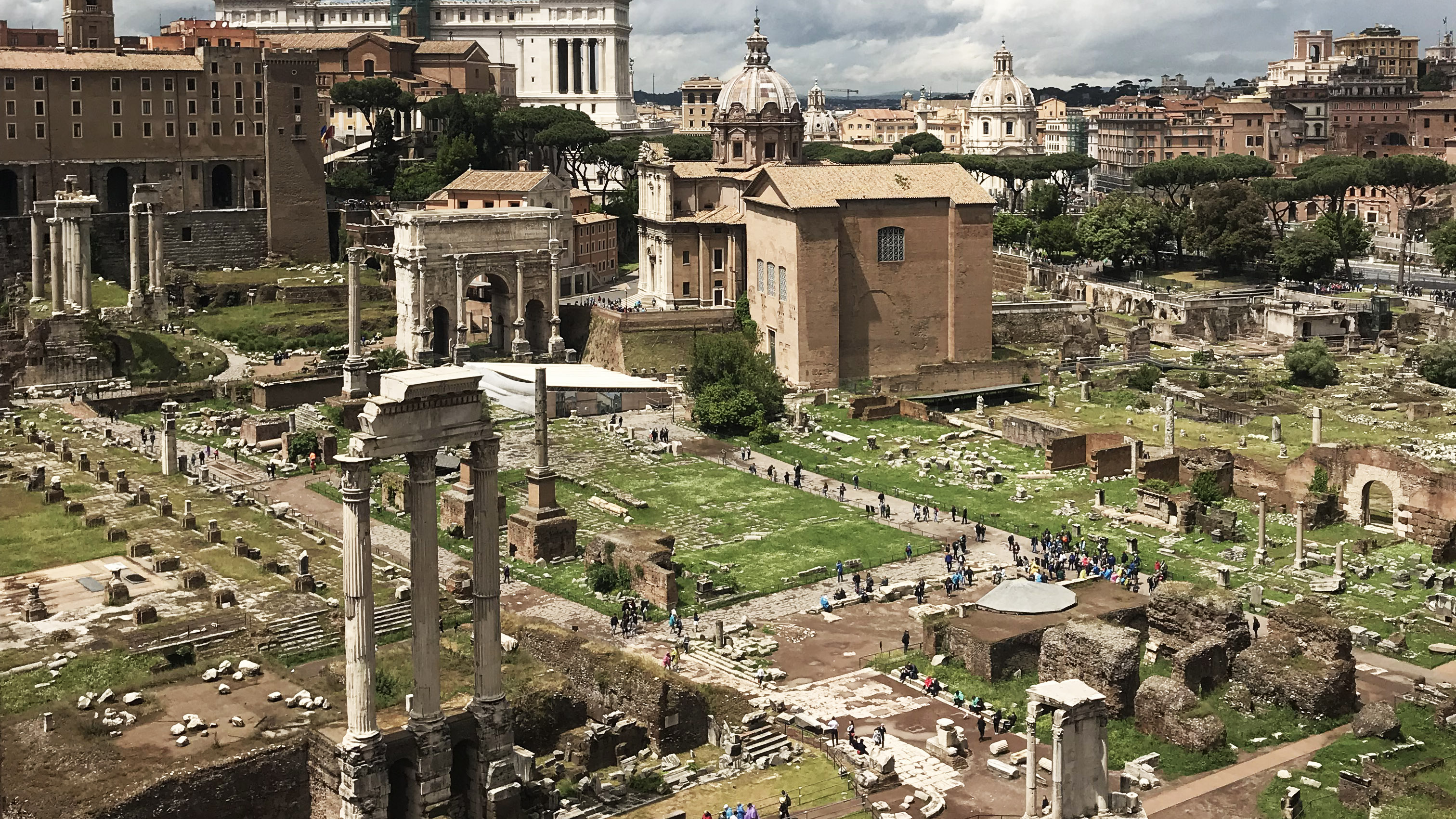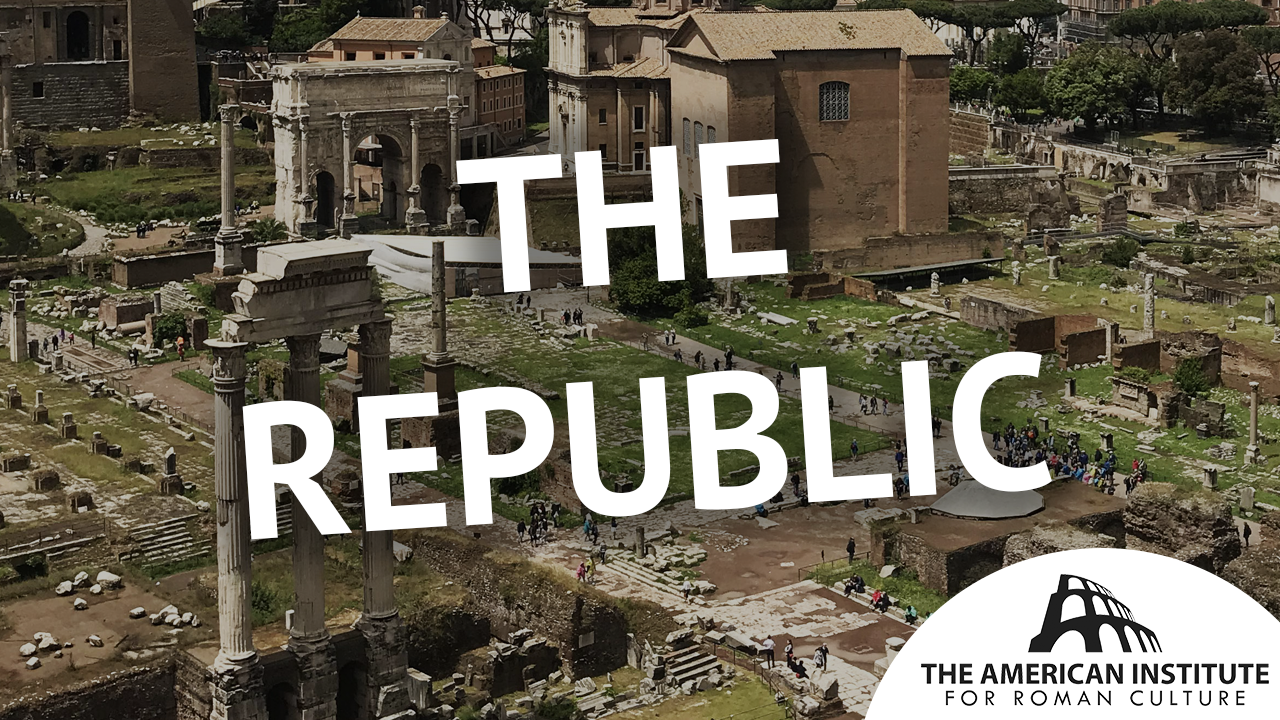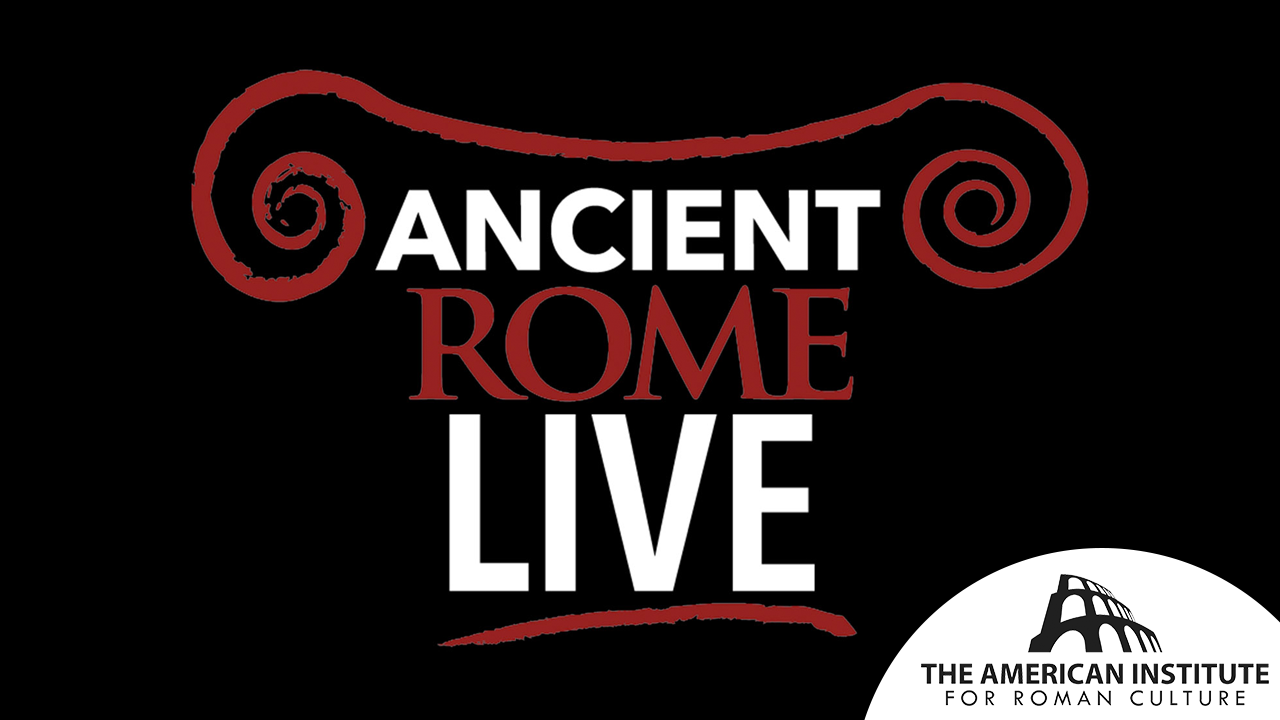The period of time between the overthrow of the monarchy in 6 BC through the establishment of the Roman Empire is known as the Republic. Significant political, social, and economic changes occurred during this period, laying the groundwork for the rise of Rome. Physical remains of this era can still be found in Rome today: Via Appia, also known as the Appian Way, was an important part of Rome’s growth and consolidation of power, and its construction symbolized Rome’s ambition and determination to control the territory around the Mediterranean. The road was built in 312 BCE, connecting the city to the southern parts of modern day Italy and immediately became a vital transportation route for armies, goods, and travelers.
The Roman Forum was the center of political and social activity in ancient Rome during the Republican era, and remains a magnificent and important landmark. It was a rectangular plaza in the city center that housed many public buildings including the Temple of Saturn and Temple of Castor and Pollux, also known as the Temple of the Dioscuri. The latter was located on the eastern side of the Forum and was dedicated to the twin gods who were believed to have aided the Romans in battle, while the Temple of Saturn was located on the western side and was one of Rome’s oldest and most important temples. It was devoted to Saturn, the god of agriculture and riches, and hosted a variety of festivals and rites throughout the year.
Forum Boarium was a marketplace and commercial area on the banks of the Tiber River. Several notable religious buildings were located in the area, notably the Temple of Hercules and the Temple of Portunus. The Temple of Hercules, built in the early third BC, was one of Rome’s oldest temples, and the Temple of Portunus, also known as the Temple of Fortuna Virilis, was established sometime between 3 – 4 BCE. During the Middle Ages, the two temples were tranfsormed into churches. Ruins of numerous temples from this era can also be found in the Forum Holitorium and Largo Argentina, which were built during the same period.
Like architecture, sculptures played a vital role in the art and culture of ancient Rome during the Republican era. Roman sculpture from this period is known for its realism, attention to detail, and depiction of historically important individuals. The Boxer and the Hellenistic Prince are two outstanding examples of Republican sculptures. The Boxer is a bronze statue of a man with scars on his face and body, wearing gloves and headgear. The Hellenistic Prince is a marble statue that blends Greek and Roman features, depicting a young man in armor and a flowing cape.
Both of these sculptures represent the Republican era’s trend toward veristic portraiture, which emphasized a realistic presentation of the subject’s physical features and emotional state.
The Tivoli General is another noteworthy example of veristic portraiture from the Republican era. The bronze statue represents a military commander with a furrowed brow, wrinkles, and other symptoms of aging and stress in a realistic, unidealized approach. The statue is thought to be from the late first century BCE or the early first century CE.
The Republic of Rome was an era of significant change and progress in ancient Roman history. Its political structure, social hierarchy, economy, and military all contributed to its success and expansion as a dominant power in the Mediterranean world, and the monuments of Rome during the Republic played an important role in shaping the city’s cultural identity and influencing public spaces throughout the ancient world.
Sources
- Beard, M. (2015). SPQR: A History of Ancient Rome. Liveright Publishing.
- Coarelli, F. (2014). Rome and Environs: An Archaeological Guide (2nd ed.). University of California Press.
- Gruen, E. S. (2011). Rome and the Mediterranean. Cambridge University Press.
- Kleiner, F. S. (2010). Gardner’s Art through the Ages: A Global History (Vol. 1, 14th ed.)
- Claridge, A. (2010). Rome: An Oxford Archaeological Guide (2nd ed.). Oxford University Press.
- Cornell, T. J. (1995). The Beginnings of Rome: Italy and Rome from the Bronze Age to the Punic Wars (c. 1000–264 BC). Routledge.
- Richardson Jr, L. (1992). A New Topographical Dictionary of Ancient Rome. Johns Hopkins University Press.
This content is brought to you by The American Institute for Roman Culture, a 501(C)3 US Non-Profit Organization.
Please support our mission to aid learning and understanding of ancient Rome through free-to-access content by donating today.
Cite This Page
Cite this page as: Darius Arya, The American Institute for Roman Culture, “The Republic” Ancient Rome Live. Last modified 08/21/2020. https://ancientromelive.org/the-republic/
License
Created by The American Institute of Roman Culture, published on 08/21/2020 under the following license: Creative Commons: Attribution-NonCommercial-ShareAlike. This license lets others remix, tweak, and build upon this content non-commercially, as long as they credit the author and license their new creations under the identical terms. Please note that content linked from this page may have different licensing terms.




